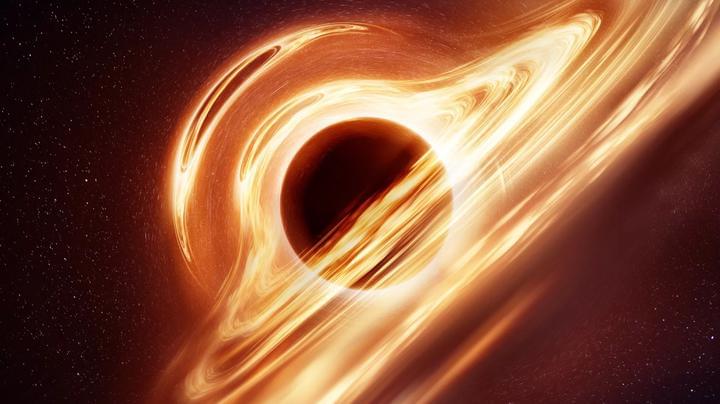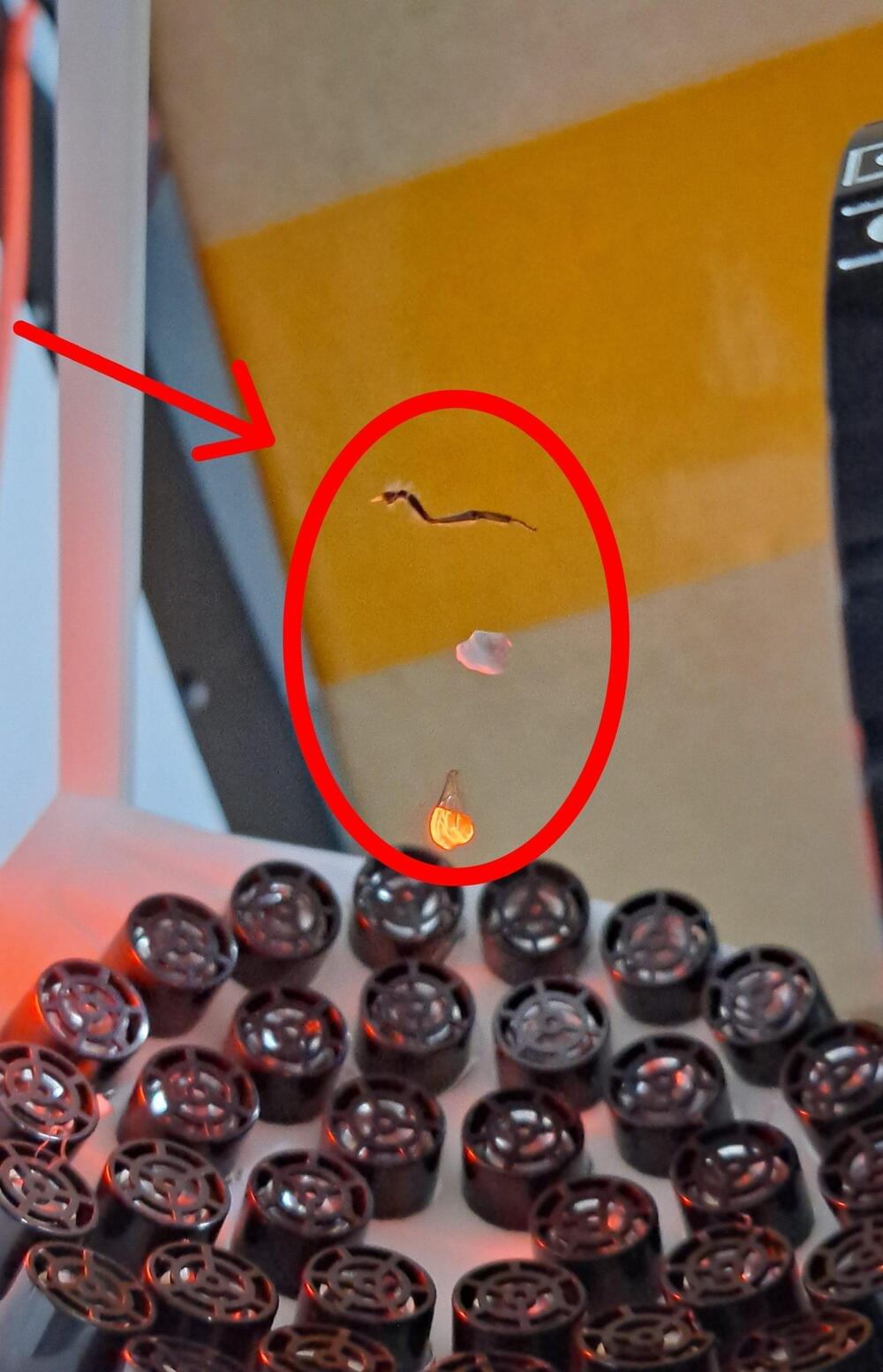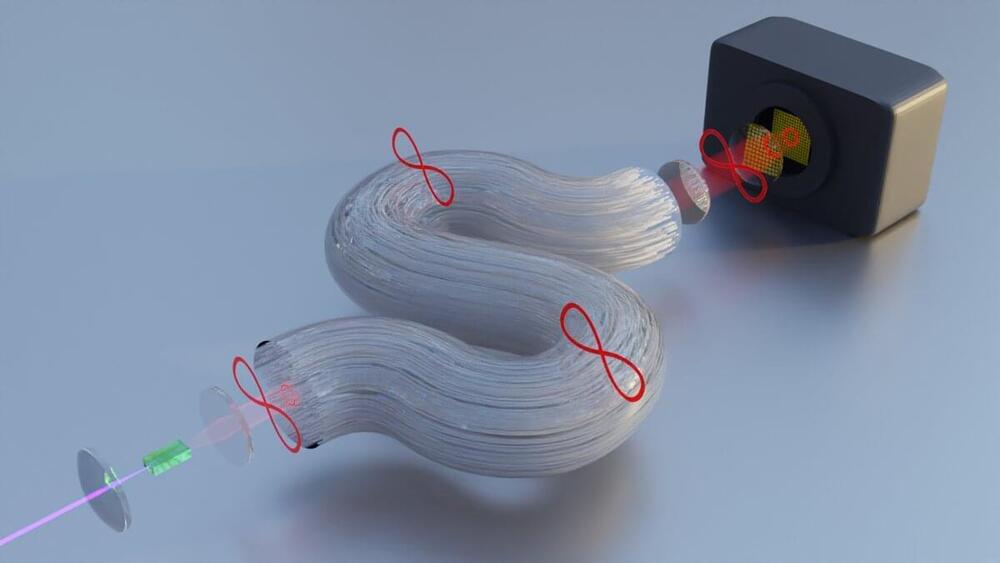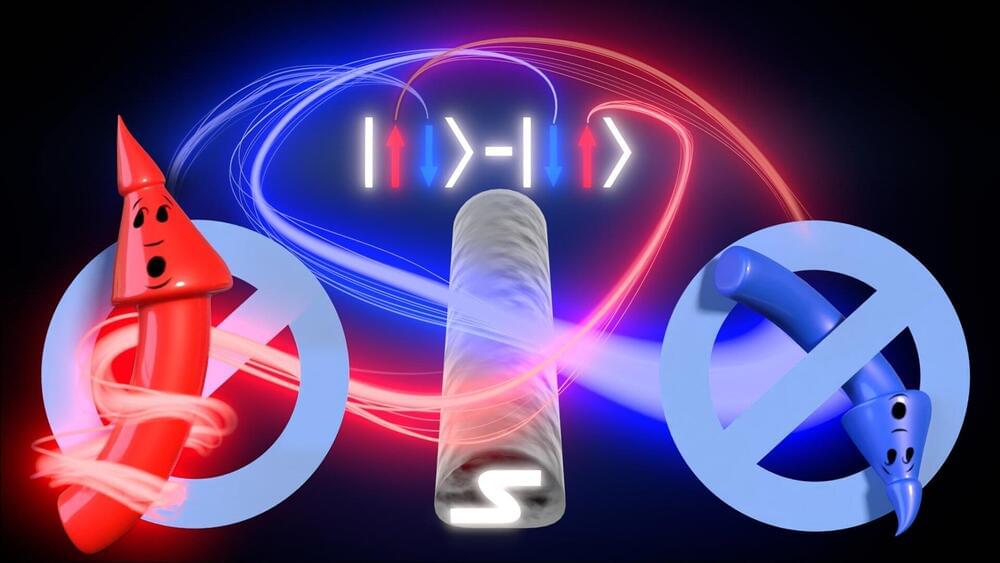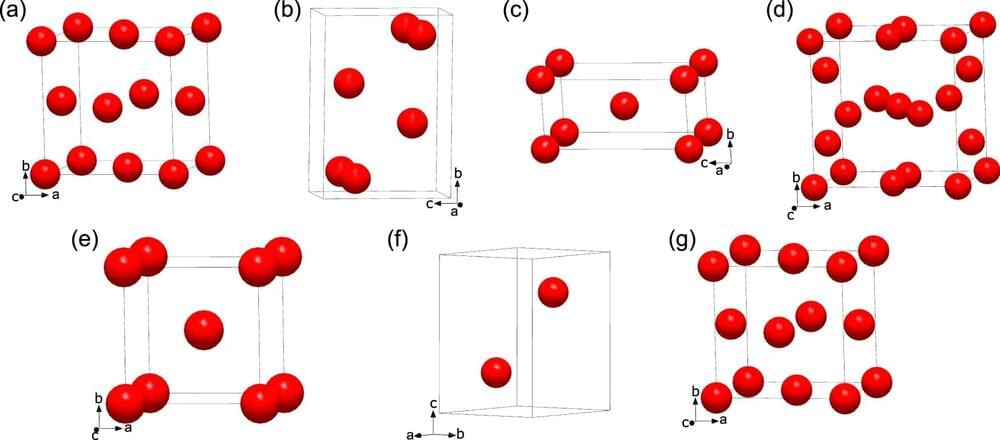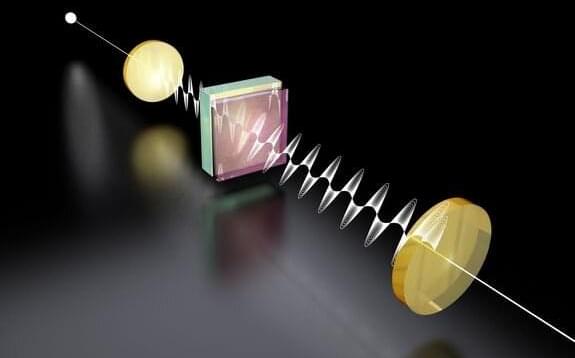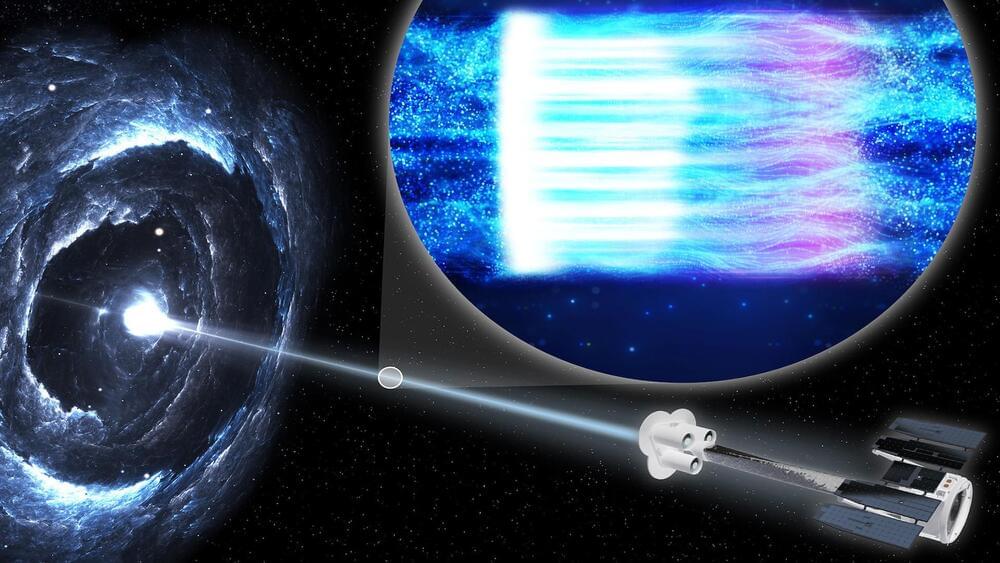The James Webb Space Telescope has captured a detailed molecular and chemical portrait of a faraway planet’s skies, scoring another first for the exoplanet science community.
WASP-39b, otherwise known as Bocaprins, can be found orbiting a star some 700 light-years away. It is an exoplanet — a planet outside our solar system — as massive as Saturn but much closer to its host star, making for an estimated temperature of 1,600 degrees Fahrenheit (871 degrees Celsius) emitting from its gases, according to NASA. This “hot Saturn” was one of the first exoplanets that the Webb telescope examined when it first began its regular science operations.
The new readings provide a full breakdown of Bocaprins’ atmosphere, including atoms, molecules, cloud formations (which appear to be broken up, rather than a single, uniform blanket as scientists previously expected) and even signs of photochemistry caused by its host star.

